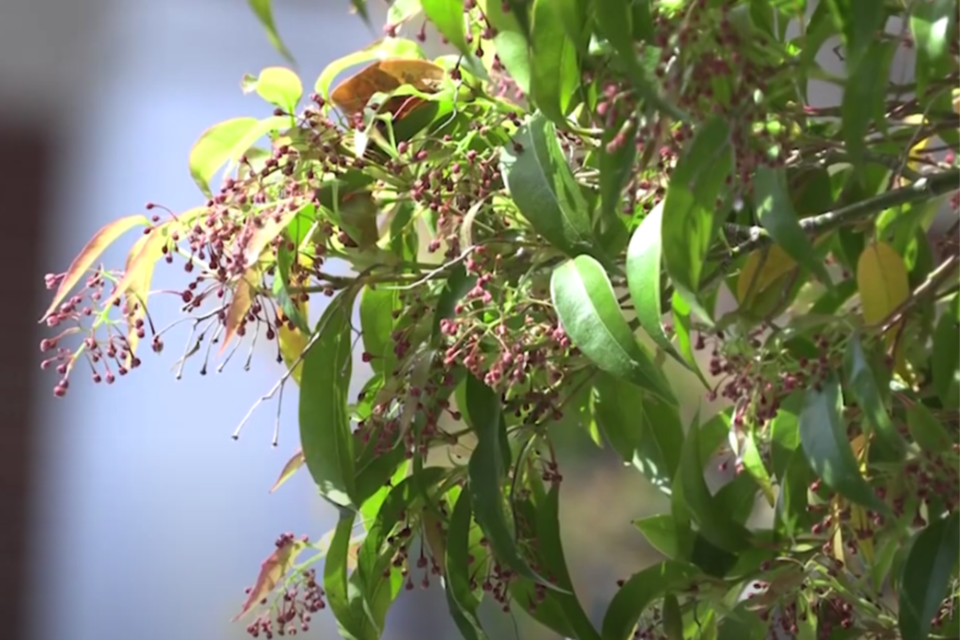Spring allergy sufferers in Georgia may experience a delayed, but still potent pollen season in 2025, according to Alan Harvey, Ph.D., biology professor at Georgia Southern University.
This year, according to Harvey, Georgia’s allergy season is expected to start later than usual due to the cold snap and snowfall.
“That blanketing of snow is definitely going to delay the onset of pollen production,” he said. “Pollen production is particularly sensitive to cold stress, so it’s more likely that we’ll see less pine pollen than usual over the coming weeks. Plants that produce pollen later in the season might not be so affected.”
The southeastern region of Georgia has three native pine trees: slash, longleaf and loblolly. Each of these trees releases pollen at different times throughout the spring season, contributing to the yellow dust-like covering that lingers for several months. Slash pine pollen generally comes in late January into February, followed by loblolly in late February through March, and then longleaf beyond that in March into May.
Despite a common misconception, pine pollen isn’t a significant allergen, explains Harvey. The grains are too large, and they also lack the surface proteins and other compounds that trigger allergic responses in other wind-borne pollen.
“People notice and complain about pine pollen because pines produce so much of these very large grains,” he said. “However, the allergies they experience at this time are from trees like oak which have smaller, lighter and more allergen-producing pollen grains.”
Harvey explains the overall trend remains clear: allergy seasons are getting longer and more intense. He attributes this to rising temperatures and increased carbon dioxide levels. Those factors contribute to earlier plant growth, extended pollen production and higher daily pollen counts.
“Plants are limited by temperature when it’s cold, and their metabolism runs too slow for them to really be able to do things like produce flowers and make pollen,” he explained. “So the warmer it is, the earlier the plants can get going, and their metabolism ramps up and they start producing more pollen. When it stays warmer for longer periods of time, we have a much longer season for plants to grow and to crank out pollen.”
Separate from its warming role as a greenhouse gas, carbon dioxide is essential for photosynthesis, and higher carbon dioxide levels are known to lead to greater plant growth and pollen production.
Another persistent misconception about seasonal allergies, according to Harvey, is the blame placed on the wrong plants. Many assume that large, colorful flowers contribute to allergy symptoms. In fact, these plants rely on insect pollination and don’t release significant amounts of airborne pollen. Instead, the real culprits are trees with small, inconspicuous flowers—especially oak trees, grasses and ragweed in the southeastern United States.
For more information on the myths and misunderstandings of seasonal allergies, and a mural that Harvey and his colleagues installed at Georgia Southern to raise educational awareness of pollen, click here.




